Free Shipping on Orders over $75 to the Contiguous US
Free Shipping on Orders over $75 to the Contiguous US
Calendula Cultivation for Flower Farmers
June 27, 2024 7 min read 0 Comments
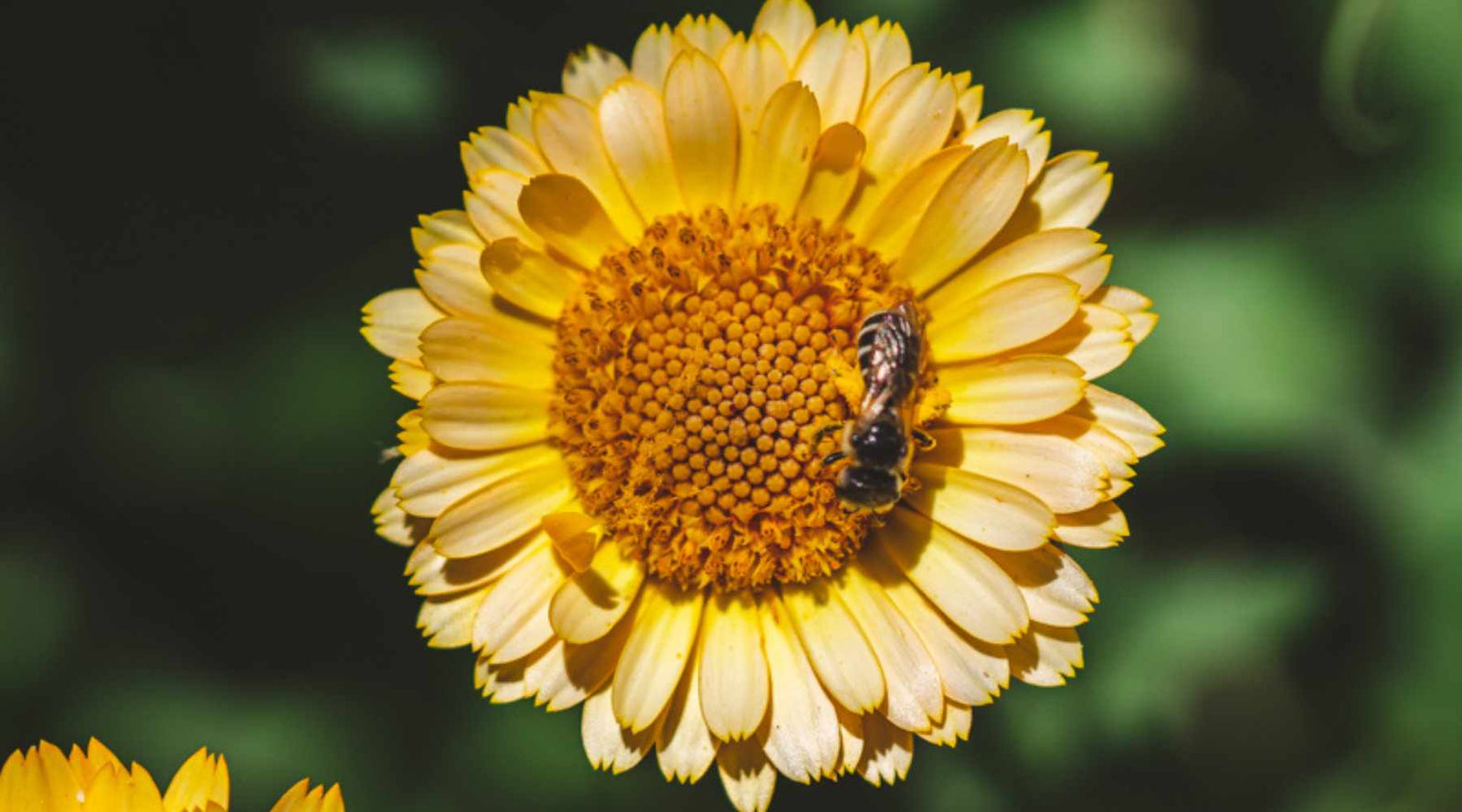
Today, we are going to talk about a variety of cut flowers that has saved me many times early in the season: calendula.
What is Calendula?
Calendula, also known as pot marigold, is a disk-shaped flower grown as an annual that comes in a range of warm hues, such as sunny yellows and bronzy oranges. It’s incredibly cold-hardy and a quick grower that will bloom from germination in less than two months. Having a flower that can bloom on average in about fifty-five days makes it a great variety to have. Because of this, it’s a crop that I keep seeds on hand in case I need a fast-growing flower in a pinch or if the color palette fits for those May weddings.
Calendula has some benefits for the overall health of the growing patch in that they attract beneficial insects while repelling some foes, such as harmful nematodes. It’s also useful in the kitchen, having similar flavor qualities to saffron, giving it the reputation as the “poor man’s saffron.” Calendula can be used in teas and soups to provide a rich golden hue to the liquid. Due to its soothing properties, calendula is also popular with herbalists for products such as hand salves. In a similar fashion to providing color in soups, calendula is also great as a natural dye.
As a cut flower, calendula has an excellent vase life and can be great to fill in some much-needed gaps, especially in the early season.
Calendula was one of the first varieties I grew as a cut flower farmer for its ease, short number of days to maturity, and toughness.
Due to its versatility, calendula is a great variety for a flower farmer and a market grower who may be seeking to sell some unique edible flowers.
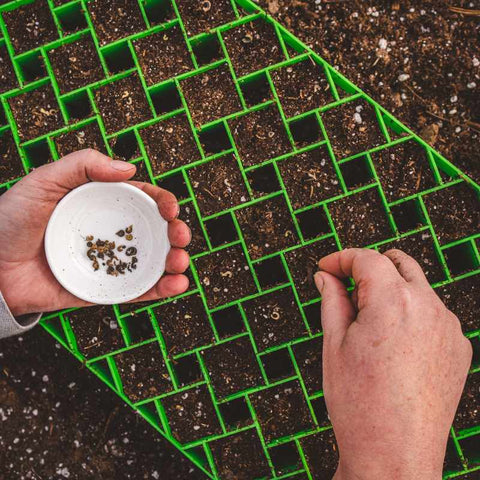
How to Grow Calendula
When calendula comes into bloom
Calendula is a cool loving flower coming into bloom in early to late spring. For the most part, we look to calendula for harvest in mid-spring, though we have also direct sown in summer for a fall harvest. In our experience, calendula shuts down with the summer heat in the field and becomes vulnerable to pest pressure.
When to start calendula and succession planting
Calendula can be directly sown or started as transplants in winter through spring, then again in summer for a fall harvest in three-week intervals. It is a good variety for fall planting, though fall sowing may result in the seeds rotting in regions with significant moisture.
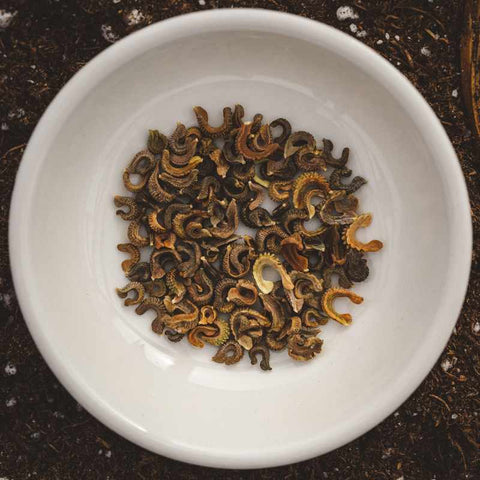
Growing Calendula from Seed
Calendula seeds are formidably sized, which makes hand-sowing them easy. The seed has a fascinating appearance, almost like a brown curled-up caterpillar. Calendula is a great candidate for direct sowing but also handles transplanting like a champ for those in colder climates who would like a head start growing them. Though they can be grown on the cooler side if needed, they do best once temperatures reach mid-sixties to low seventies degrees Fahrenheit.
Calendula germinates quickly, without special needs, in about seven days.
Direct Sowing Calendula in the Garden
Direct sow calendula by hand or using a mechanized seeder, such as a Jang, in the growing bed. Place two seeds per hole about twice the depth of their size into the soil. When we direct sow, we prefer to place a micro frost cloth tunnel over to deter hungry birds from eating the seeds and seedlings.

Growing Transplants
To start calendula as transplants, sow indoors about a month before transplanting out into the growing field. Since it is a fast grower, we start them in a 72 or 50-cell seed starting tray or in two-inch soil blocks. We sow the seeds similarly to when we direct sow them. In the winter months, we also like to sprinkle some vermiculite on top to help suppress algae growth.
A heat mat can be used for calendula germination, though we find that it does well germinating in the greenhouse without one. After the starts have been growing for four weeks, we begin hardening off the transplants to go out into the field.
Planting and Maintenance
Calendula has a reasonably flexible planting out window. We prefer to transplant out the seedlings once the daytime temperatures begin maintaining mid-60 degrees Fahrenheit. When direct sowing, we sow once the soil is workable. Calendula is considered one of our “lower” value flowers; therefore, we do not want to dedicate too many resources, such as low tunnels, to this particular variety.
Calendula will do well in partial to full sun. We do find that planting calendula in partial shade helps to promote elongated stems compared to the full sun planting patches.
Calendula plants can be spaced as close as six inches apart and as far apart as twelve inches. We find better stem length by forcing the plants into competition. For our cut flower farm, we space calendula at our standard spacing of 7” x 7”.
Calendula is a more compact plant; therefore, we have not found it needing any extra trellising or support.
Though calendula is fairly cold hardy and resilient, it has many pests and diseases it may succumb to.

Pests and Disease
The two main pests we struggle with for calendula are aphids and caterpillars. To combat them, we encourage natural predators and follow our integrated pest management systems. Usually, we find the pest pressure usually comes on with the end of the plant’s life cycle, therefore, we remove the plants at that time.
Calendula is also prone to powdery mildew; you may find providing more space to promote airflow necessary along with applying fungicides.
Harvesting Calendula
Once calendula wilts, it is difficult to revive the stems, making it best to harvest in the cool morning hours. For optimal vase life, harvest calendula when flowers are just beginning to open; if harvested when the bud is too tightly closed the stem will wilt. Once the calendula plant starts hitting its stride, it will be a prolific producer. Deadheading in between harvests is essential to keep the plants in peak production.
Along with the time and phase of harvesting calendula, there are some other nuances to be aware of.
Calendula has a sticky stem and leaves, leaving a residue on your hands. I prefer to wear gloves when harvesting since the residue does not come off easily. The stems and flower heads of calendula can easily snap when stripping leaves. Due to the delicate nature of the plants, slowing down while harvesting will help prevent stem loss.
For the best vase life, remove the leaves and side buds on the bottom part of the stem, leaving one-third of the leaves on top. When harvesting, cut stems at the base of the plant. Calendula plants like to stay closer to the ground; because of this, stem length usually averages between 12-15 inches.
We harvest calendula in ten stem bunches and place them directly into a clean bucket of water that has been treated with a floral preservative tablet. Once out of the field, we put them directly into our cooler, where we typically store them for up to five days.
Calendula does benefit from the use of commercial flower food. The average vase life of calendula is 5-7 days.
Calendula for Floral Designs
Calendula is not a flower that will be commonly requested by name. Unlike a peony or a zinnia, it is not hugely popular in floral designs. Calendula is a beautifully rustic flower that is uncommonly seen. We have found that when given a chance, it can be quite lovely in floral designs.
Calendula is an unsung hero that has saved us in a pinch over the years! This happens especially when we’re faced with a bumpy spring. Our growing climate has volatile springs with extreme temperature swings that delay or even damage many of our favorite varieties of flowers. It is one of the earliest blooming cut flowers for our flower farm that handles our spring temperature swings with minimal help. I appreciate calendula in May when I need a filler flower to go with the anemones, bachelor buttons, and Orlaya for a Mother’s Day arrangement or tucked into a bud vase.
Calendula is a great supporting disk flower that peppers in a dose of cheer into a bouquet or floral design. As a bonus, calendula forms interesting seed heads that we’ve used to bring texture to designs, even in wearables such as boutonnieres. In mixed bouquets, we often use it as a filler flower, filling out the bouquet and making up for the lack of greenery we usually have in spring.
Some Favorite Varieties of Calendula
There are many calendula varieties to choose from. Unfortunately, many of them have shorter stems, making them more ideal for landscaping than cut flower production. When selecting a calendula cultivar, be sure that it is one that is bred to be used as a cut flower to ensure it will produce long enough stems to be used in design work and bouquets.
Many of the cultivars come in bold oranges and yellows, which is less than ideal for most design work since they look like the colors came straight out of a crayon box. Since we do a lot of event work, those bright colors are not colors we seek to grow. We stick to growing the more muted colors for our event work.
Over the years, we have discovered a few varieties that work wonders for us in our designs and product offerings: Ivory Princess, Pink Surprise, and Orange Flash.
Ivory Princess is a vigorous producer of buttery cream-colored blooms with brown centers. Its soft duckling yellow goes well with spring pastels or fall's moody colors. Their teddy bear brown centers bring a country charm similar to sunflowers.
Pink Surprise is a heavy producer, much like Ivory Princess, but with a more cantaloupe color that pairs prettily with salmons, whites, and blush.
Orange Flash is a gorgeous bronze, which is a great color to grow for fall harvest. The peachy-bronze color seems to glisten in bouquets and designs.
Calendula may be an underdog of the floral world being traditionally overlooked, but this, in my opinion, is a mistake. Calendula’s humble appearance is great at providing the distinct look of a farmer-florist, an uncommon flower reminiscent of a wildflower. Its cold hardiness and fast-growing attributes make having calendula seeds on hand for emergencies worthwhile, especially for a new flower farmer growing in colder climates.
Written by: Jessica Chase, Sierra Flower Farm, Photography by: Graham Chase, Sierra Flower Farm
Also in Flower Farming
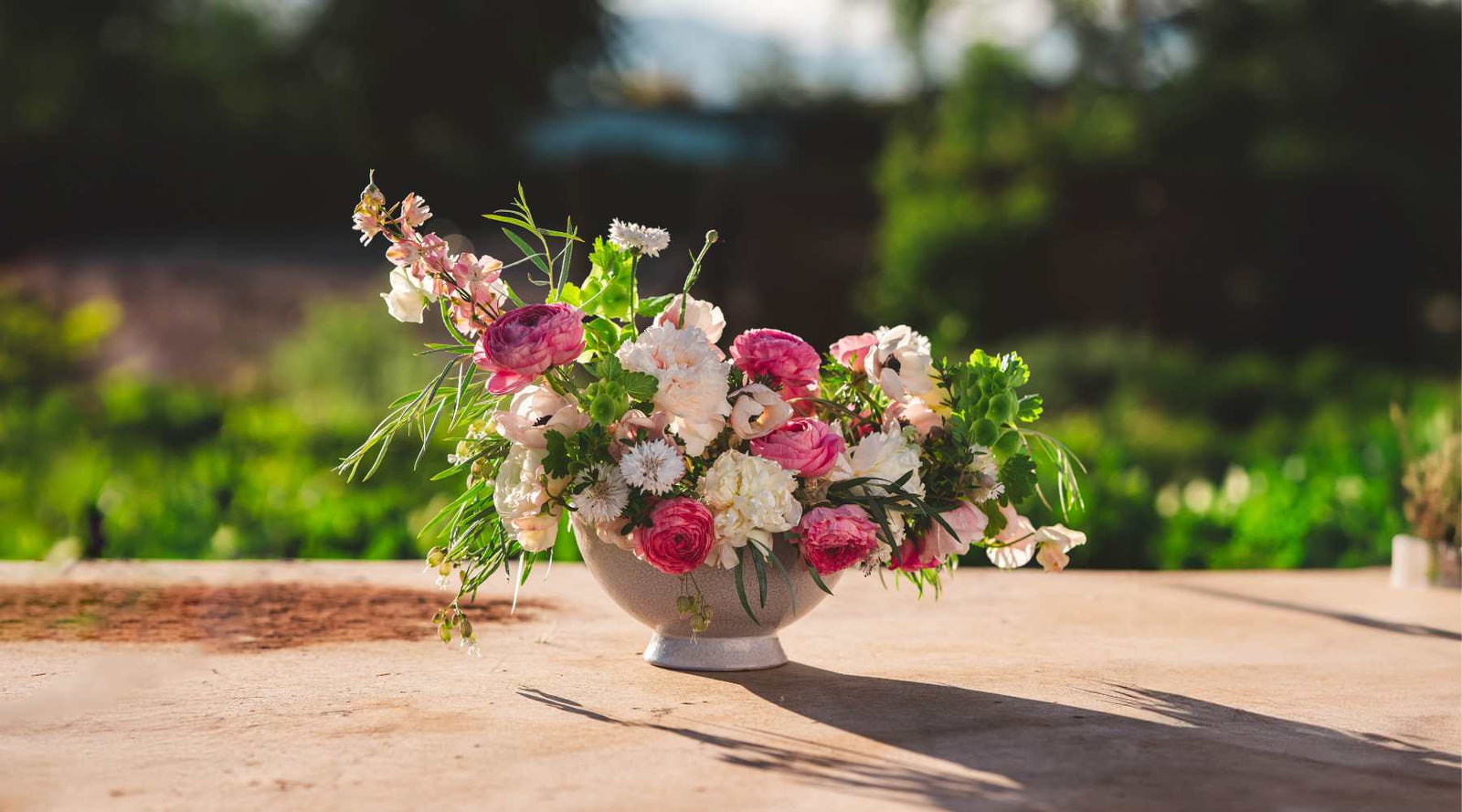
Year-Round Bouquet Planning: Seasonal Picks to Always Stay Fresh
August 28, 2025 7 min read 0 Comments
Flowers that naturally bloom together simplify design.
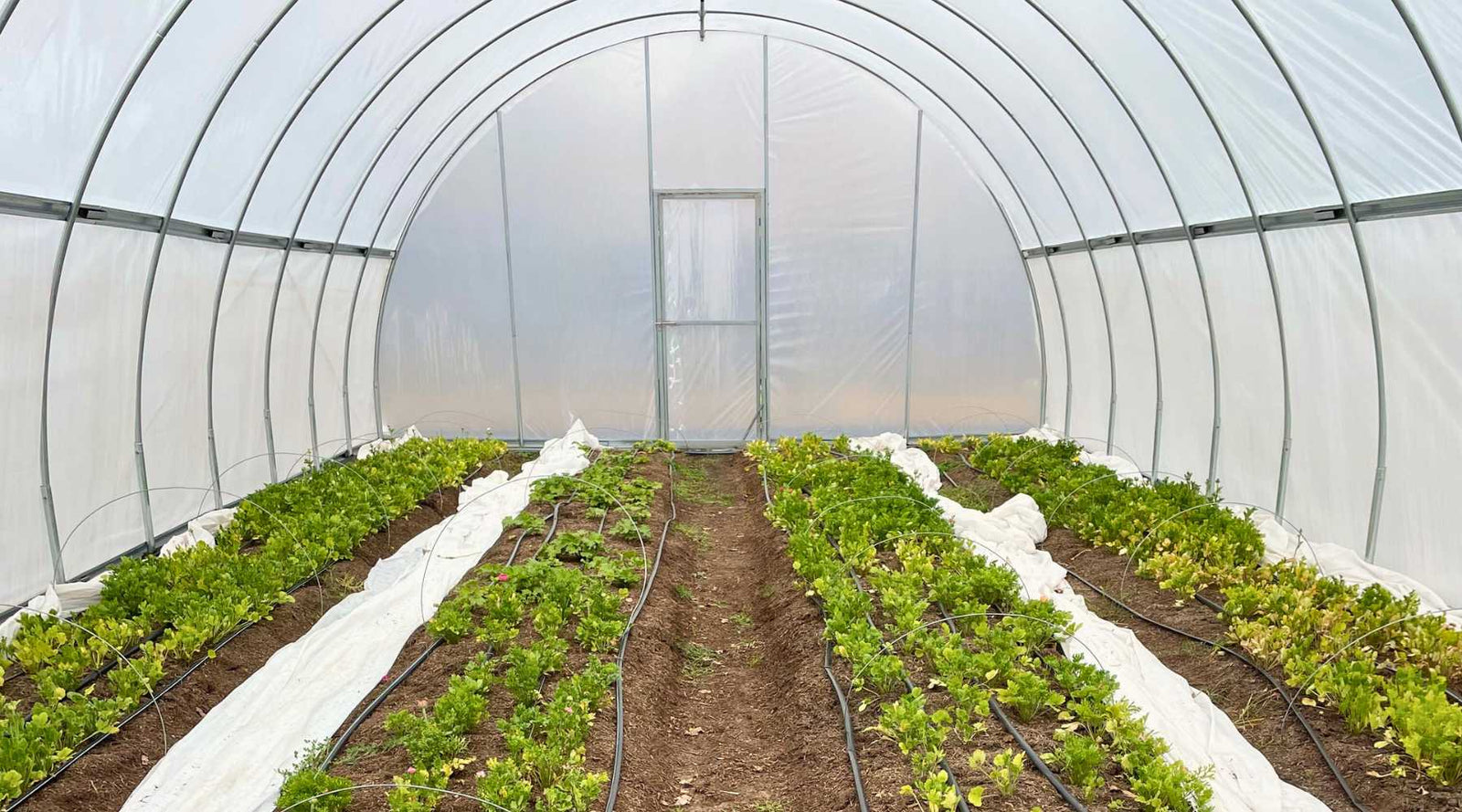
Cut Flowers for High Tunnels: A Beginner’s Plant Guide
October 07, 2025 20 min read 0 Comments
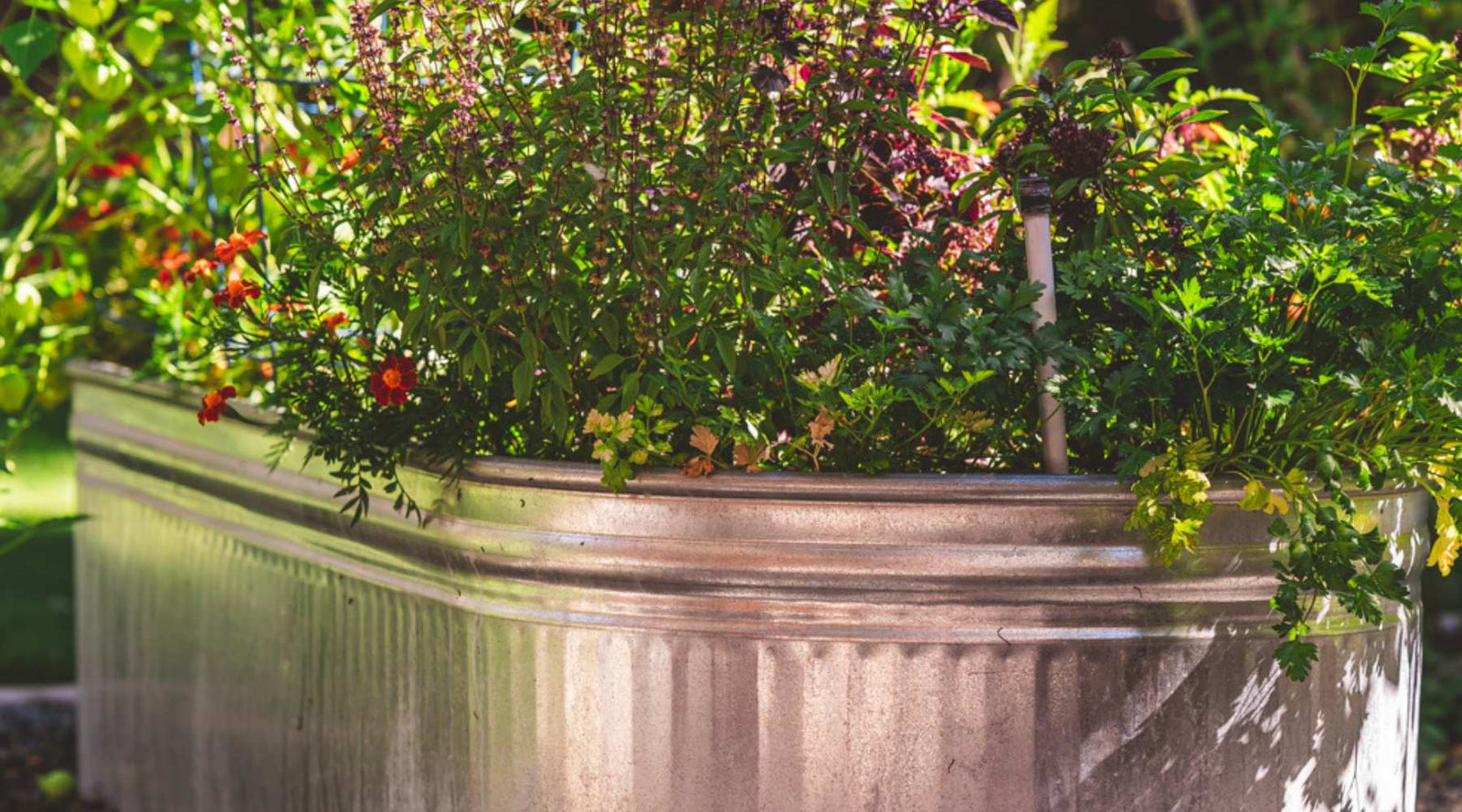
Maximize Your Space: A Beginner's Guide to a Compact Cut Flower Garden
August 21, 2025 9 min read 0 Comments
Recent Articles
- Year-Round Bouquet Planning: Seasonal Picks to Always Stay Fresh
- Cut Flowers for High Tunnels: A Beginner’s Plant Guide
- Maximize Your Space: A Beginner's Guide to a Compact Cut Flower Garden
- How to Successfully Start Dahlia Tubers Indoors: A Beginner's Guide
- From Setup to Bloom: Your Step-by-Step Guide to Hydroponic Tulips
- Top Cut Flowers for Each USDA Zone [Updated for 2026]
- Easy Guide to Splitting Dahlia Tubers | Step-by-Step Tutorial
- 5 Signs Flower Farming is Right for You (and How to Start!)
- Best Time to Plant Lavender: Seasonal Pros and Cons for Flower Farmers
- Marketing Your Flower CSA | How Start a Flower CSA Part 3
Subscribe
Sign up to get the latest on sales, new releases and more …
